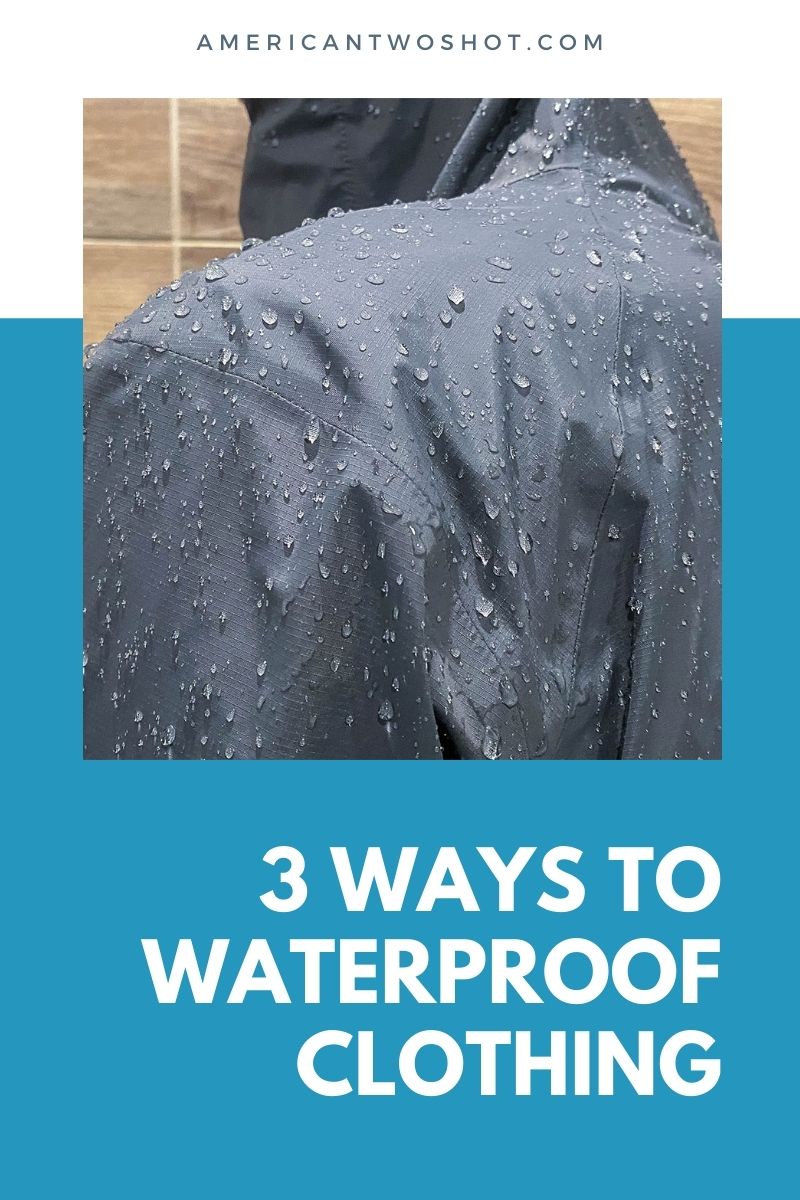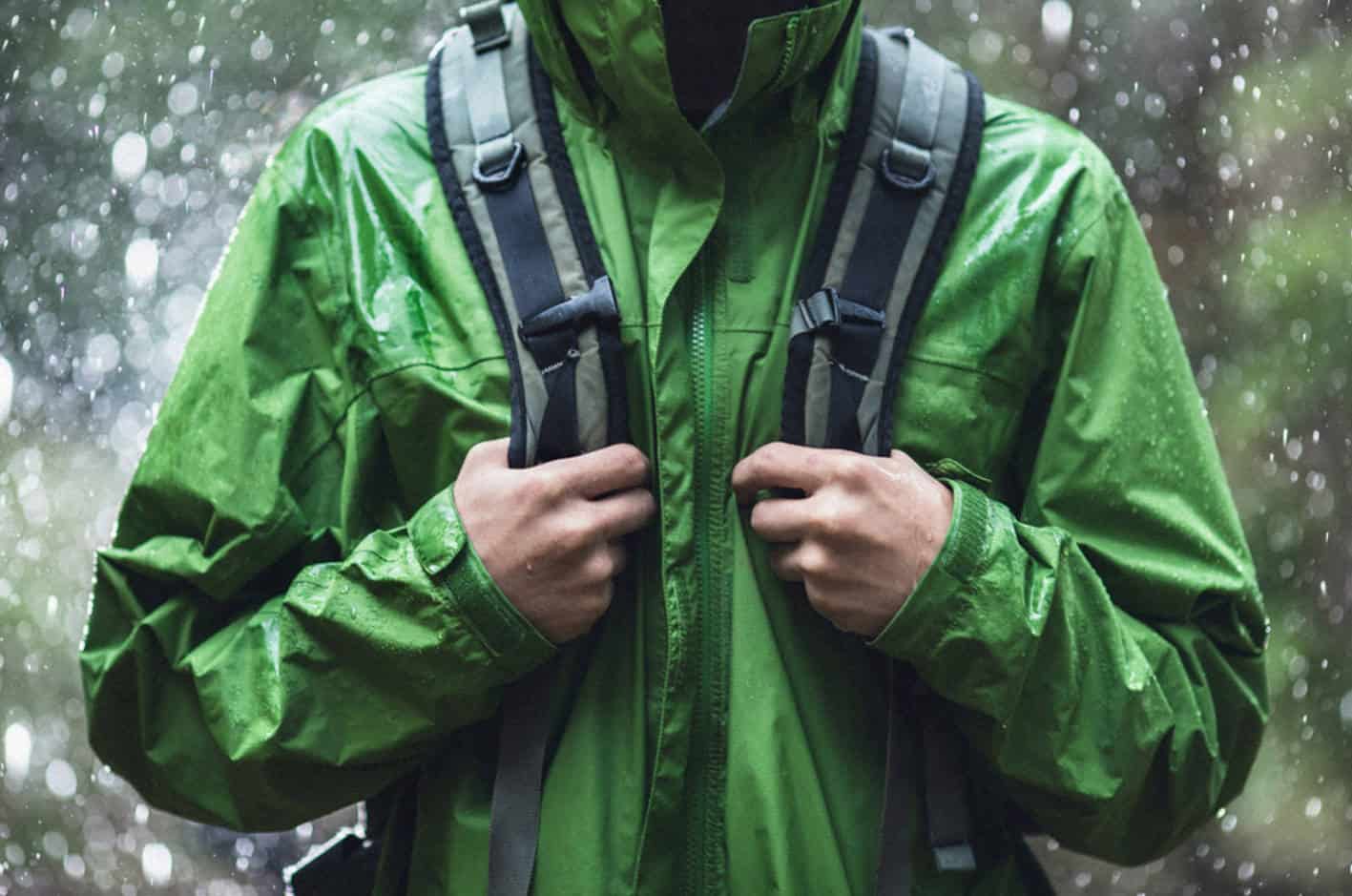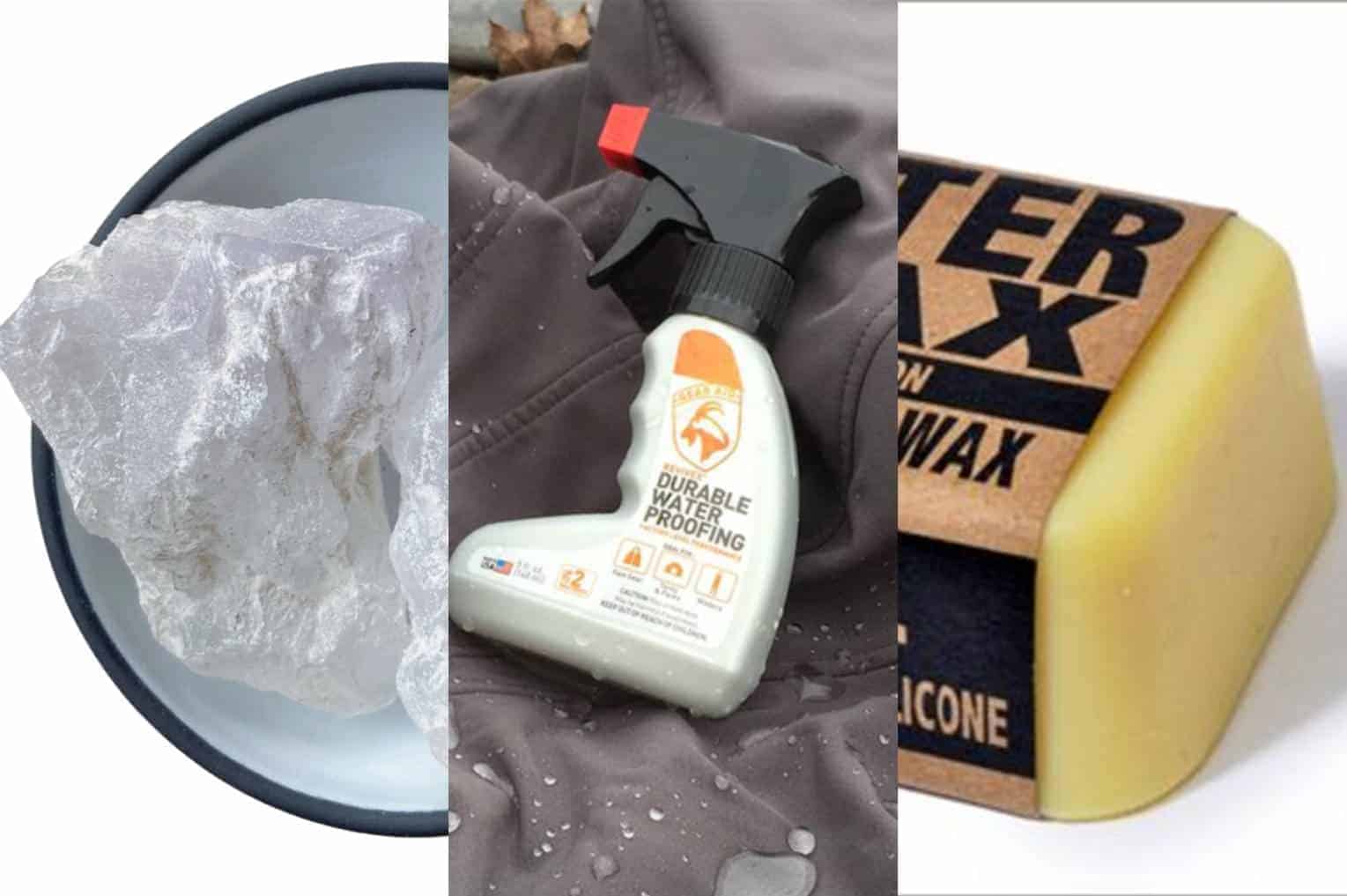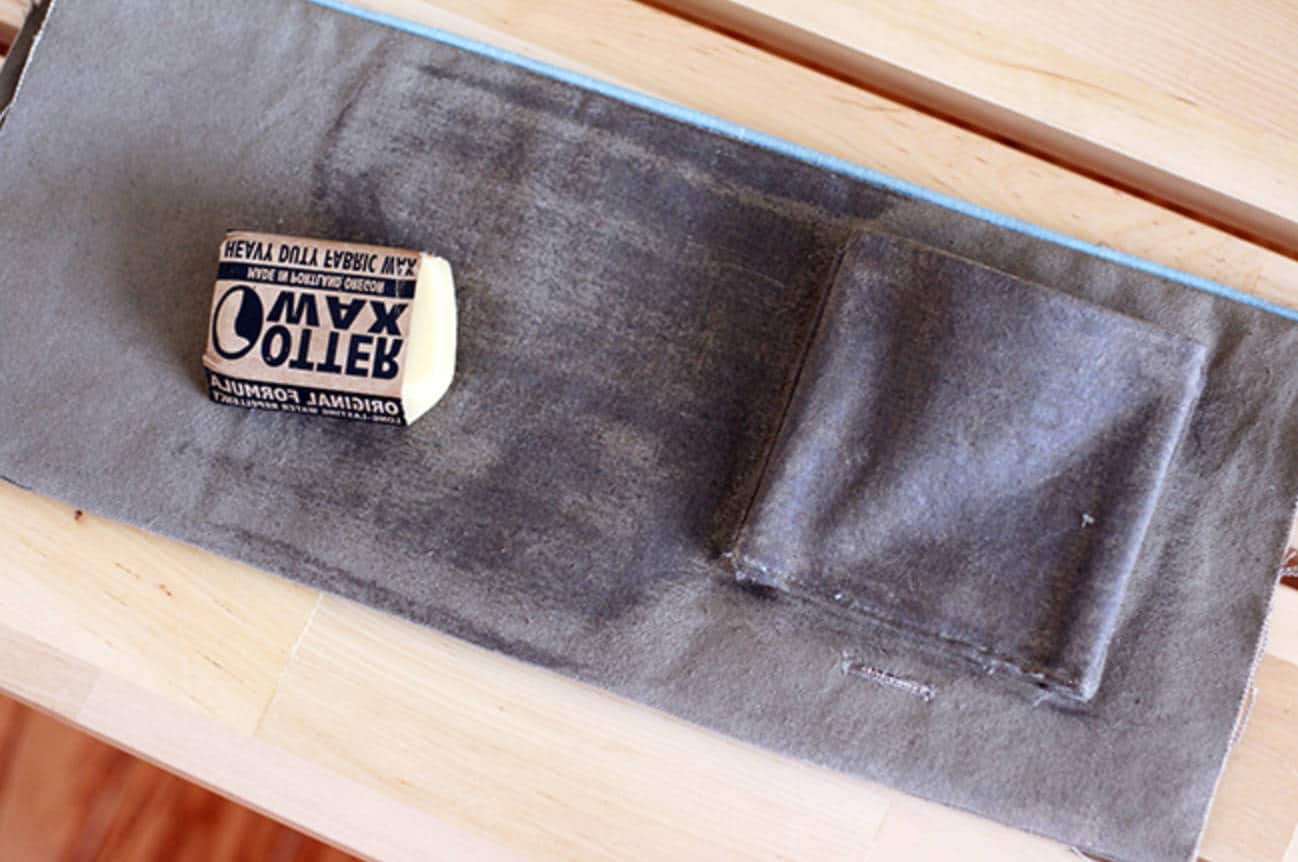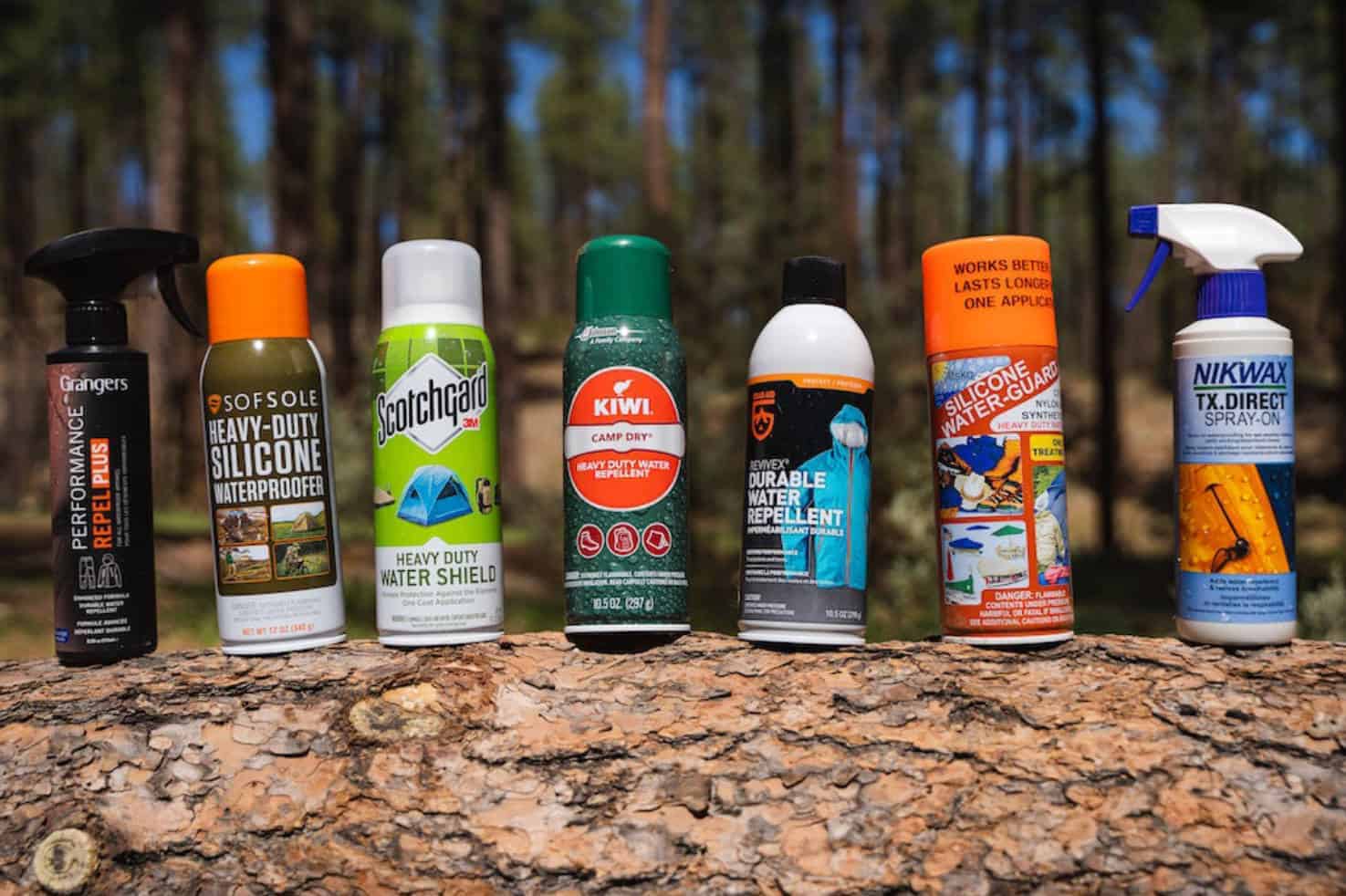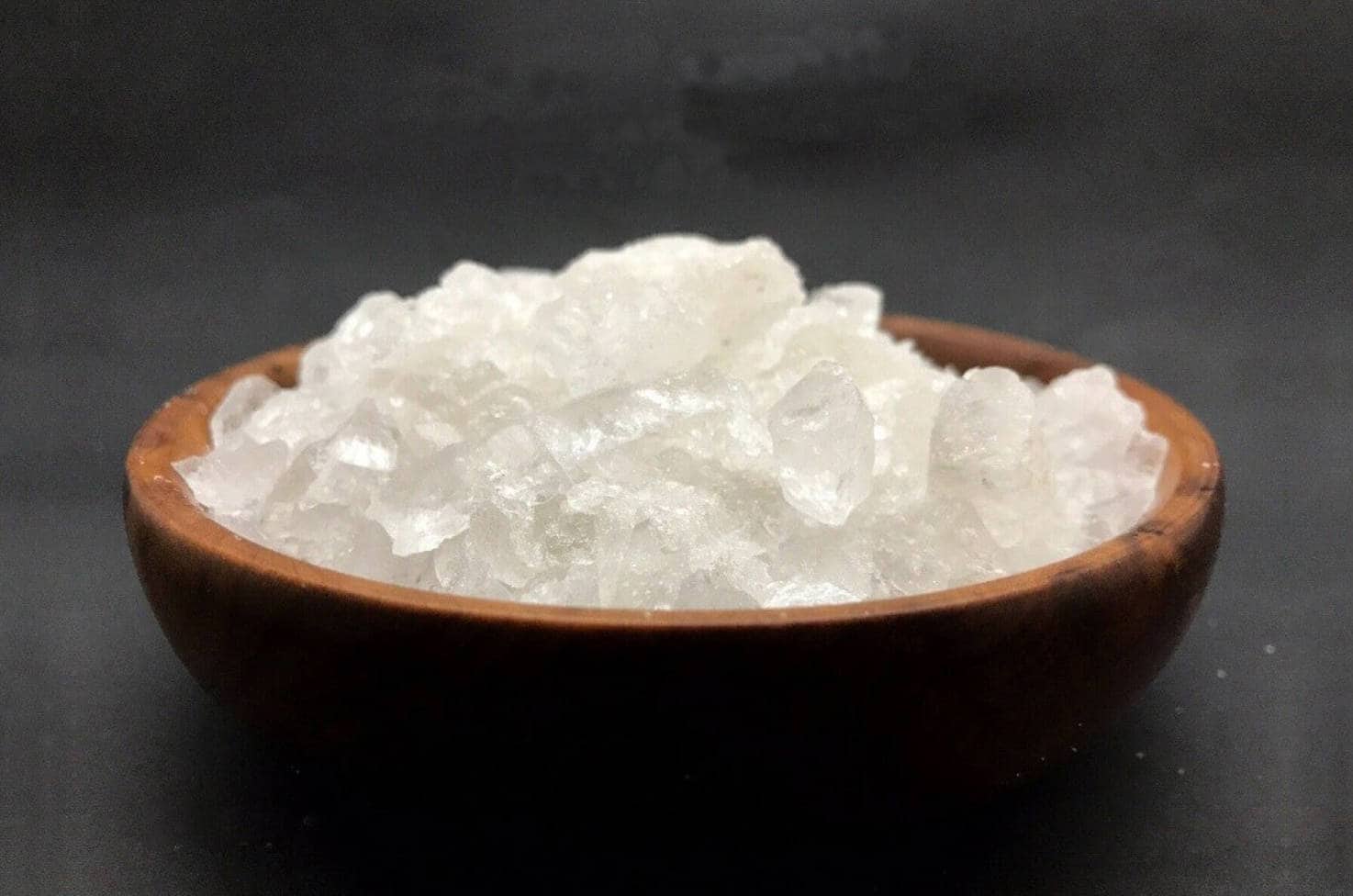Learning to waterproof your clothes is very useful, especially if you live in a wet climate. Waterproof clothing helps you avoid the worries that come with leaving your house during wet seasons.
Besides, your clothes will last longer, thereby reducing your wardrobe expenses. The techniques below come in handy and preserve your clothes.
Waterproofing Your Clothes: Why You Should, Suitable Types Of Fabrics And The Things You Need
First, what does waterproof clothing mean? Waterproof clothing refers to clothing that is naturally resistant to water or has been treated chemically to become repellent to water.
As such, such clothes can’t be soaked by rain or snow. Also, vapor from sweat easily evaporates from them. Swimwear, rainwear, etc., are examples of waterproof clothes.
All types of fabric can be waterproofed. However, some materials are naturally suitable because of their composition, while some are not, but can be waterproofed by following the three techniques highlighted in the other parts of this article.
Using some of these methods might not leave your clothing the same way because of the composition of the fabric or the design of ingredients used for the procedure.
It might make the fabric stiff or darker. It is also important to check the labels of the fabric and the products you want to use to ensure compatibility.
- Cotton: Cotton isn’t naturally suitable for waterproofing. However, it becomes waterproof if it is waxed. You can wax it following the instructions in method 1.
- Wool: is a perfect choice for waterproofing as it is naturally water-resistant. Its natural composition makes it acceptable for waterproofing procedures.
- Vinyl: Vinyl is made from polyvinyl chloride (PVC). It is resistant to water but doesn’t do well with heat.
- Nylon and Polyester: they are not naturally waterproof. However, you can make them waterproof using method 2.
- Polyurethane laminate or PUL: PUL is made of polyester fabric layered with polyurethane film, making it waterproof and breathable by design. If a fabric made from Polyurethane laminate stops being waterproof, you can restore it using method 2.
Things You Need To Waterproof Your Clothing
If you’re waxing the clothes, you need the following items
- Metal pan
- Beeswax
- Paraffin wax
- Brush
- Hairdryer
For spraying the clothes with durable water repellent (DWR), you need
- Durable Water Repellent
- Old newspapers
- Clean cloth
For the third method, which is soaking the fabric with laundry detergent and alum, you need
- Unscented laundry detergent
- Alum powder
- Large bucket
- Wooden stick
Method 1: Waterproof Your Clothes By Waxing Them
There are several ways to waterproof clothes, most of which are cheap and involve simple do-it-yourself activities. These methods include waxing, spraying, and soaking.
Using beeswax is one of the oldest methods of waterproofing clothes. It involves the use of natural materials. Even though wax is very effective in waterproofing clothing, it is selective in fabric choice.
It’s mostly suitable for non-synthetic materials as they can easily and properly absorb the wax. Since this procedure involves using heat, try to avoid burns while carrying it out.
- Ensure that the selected fabric is clean and dry. You can wash and air-dry it if you’re not sure. The next step is to purchase a bar of natural beeswax, which is cheap and easy to get in any local craft store or by ordering online. Ensure that it is pure with no additives for a top-notch result.
- Heat a metal pan inside a saucepan filled with water. Ensure that the metal pan is big enough to stay in the saucepan without its content touching the water. Melt the beeswax and paraffin in the metal pan to create a waterproof solution.
- Next, apply the mixture to the fabric cautiously and carefully by working the wax into the textile. Spread the wax using a brush. Apply it layer by layer, corner by corner, and ensure that you miss no part of the cloth during the process.
- After the thorough application, set a hairdryer to the highest heat and blow the fabric continuously until the clothes absorb the wax. Be careful not to apply too much wax in a particular part so that it does not run off instead of being absorbed. You can also use a tumble dryer in place of a hairdryer.
- Take a look at the cloth in the light to ensure that you did not miss any part. If you notice any part has been missed, repeat the procedure until it is even. The cloth might become darker and stiff, but it is nothing to worry about as it is the nature of the beeswax.
- Finally, air-dry the cloth in a well-ventilated space for at least 24 hours before wearing to ensure that the wax hardens and stays. After 24 hours, your clothes are ready to wear.
Method 2: Waterproof Your Clothes By Spraying Them With Waterproof Coating
If you’re looking for an easy and fast way to waterproof your clothes, then you should opt for this method. You can purchase the durable water repellent (DWR) spray online or at a local store around you.
There are different durable water repellent sprays, but you can use anyone you choose. It is important to read the instructions on the product you buy as each product is unique and might differ in use slightly.
This procedure requires taking protective measures and shouldn’t be carried out by kids without full adult supervision.
- Wash the fabric you want to waterproof if it is dirty. Ensure that the cloth is dry because the spray is water repellent. If you do not allow it to dry, the mist will not stick to the fabric. You can use this procedure to work on readymade waterproof wear that has lost the waterproof effect. Sometimes, waterproof wears lose the effect due to excessive use, dirt, sweat, and oil build-up.
- This procedure should be carried out in an open space wearing protective gears for the hands and nose. This is because the sprays and the sealers can be very harsh. The protective gear (hand gloves, goggles, and nose masks) prevents skin and respiratory reactions.
- Place your clothes on a work table covered by nylon or old newspapers to avoid staining the table. Spread out the clothes to ensure that they are properly sprayed.
- Hold the DWR spray bottle away from your eyes and evenly spray the fabric. Flip the clothes to the other side and repeat the procedure.
- Use a small, dry cloth to wipe away the extra liquid to avoid residue marks. Some parts of the fabric, such as elbows, shoulders, knees, etc., require extra coating and should be given extra attention. After the spray dries up, spray it a second time for extra measure. Ensure that it is applied evenly.
- Finally, air-dry the sprayed clothes. When perfectly dry, apply seam sealers to the seams to prevent water from getting into the fabric and make it durable. After this, the piece of cloth is ready to wear.
Method 3: Waterproof Your Clothes By Soaking Them In Laundry Detergent And Alum
The mixture of laundry detergent and alum creates a waterproofing reaction. Although this method takes more time than the previous two, it is very effective.
Alum is the shortened form of aluminum potassium sulfate, used as a food additive and baking ingredient. You can purchase the powder form in a grocery store or order online.
Some scented detergents do not work well with this procedure due to their composition, so it is advisable to get non-scented detergents for the best results.
This process can waterproof any fabric; however, it is highly recommended to use tightly-woven fabrics, like cotton and polyester. Tightly woven fabrics are made by weaving. They are durable and can absorb the solution due to their composition.
- Ensure that the fabric is clean to absorb the mixture properly.
- After you have washed it, make a solution of detergent and hot water in a large bucket. The hot water helps to open up the fabric. Submerge the material in the solution to prepare the clothes for the alum reaction. Leave it in the mixture for at least 15 minutes.
- Next up, take out the cloth from the mixture and wring properly. Then, air-dry in a way that prevents creasing. You can hang it on the clothesline using a hanging rod or lay it flat. Separate it from the other clothes on the line if there is any. Turn it once to ensure it’s fully dry before removing it from the clothesline.
- Make another mixture of hot water and alum powder. Pour the hot water into a large bucket before pouring the alum and stir thoroughly using a wooden stick.
- Soak the fabric in the mixture for at least 2 hours for proper absorption. After 2 hours, take out the material and wring. Then, air-dry in a well-ventilated space. Ensure it doesn’t fold over when air-drying. It may be stiff and rough; however, it is now waterproof and ready to wear.
Summary
Waterproof clothes are essential during the wet season; they make you more confident in going about your business when you wear them. Besides, the process serves as an excellent do-it-yourself activity.
It is essential to consider all necessary precautions and follow the steps to achieve effective results. The methods provided are tested and tried. Have fun waterproofing your clothes!

Jessica Oliver is a fashion enthusiast with more than ten years of experience in the industry. She previously managed her own clothing store in New York before becoming a mother of three. With a passion for sustainability and a desire to share clothing care and recycling tips.

